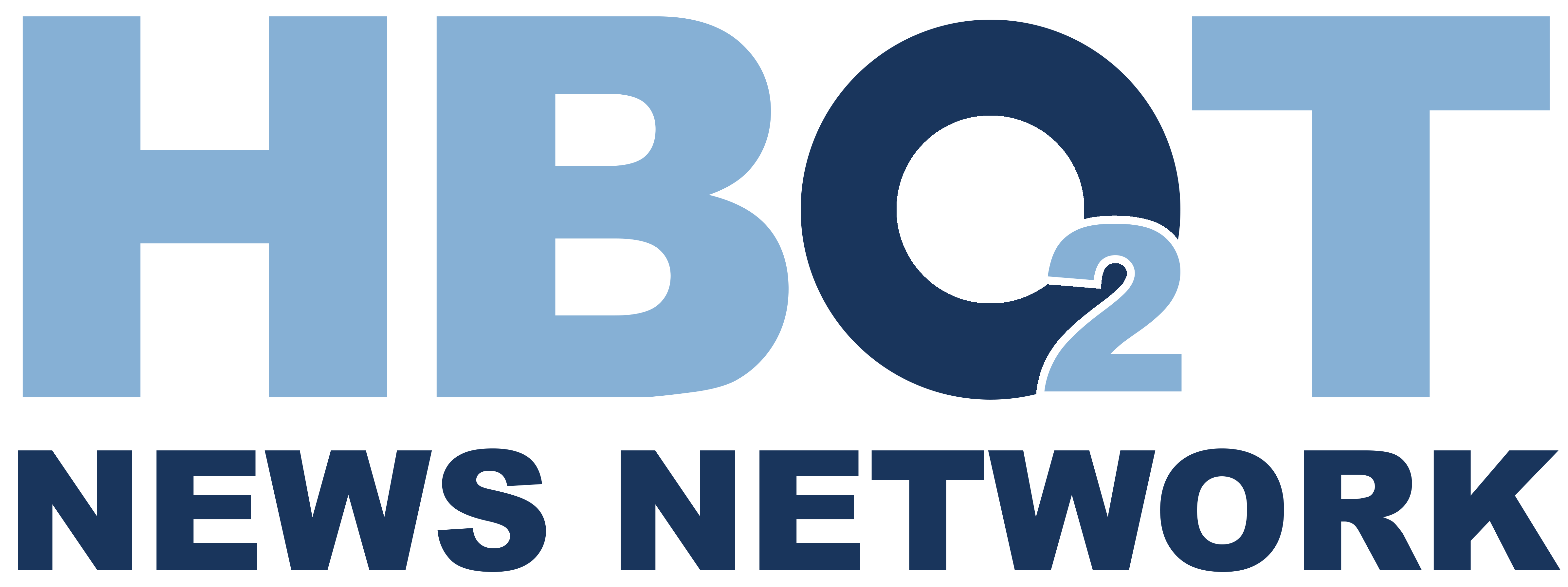Traumatic brain injury (TBI) is the leading cause of death and disability in the US. Approximately 70-90% of the TBI cases are classified as mild, and up to 25% of them will not recover and suffer chronic neurocognitive impairments. The main pathology in these cases involves diffuse brain injuries, which are hard to detect by anatomical imaging yet noticeable in metabolic imaging. The current study tested the effectiveness of Hyperbaric Oxygen Therapy (HBOT) in improving brain function and quality of life in mTBI patients suffering chronic neurocognitive impairments. The trial population included 56 mTBI patients 1-5 years after injury with prolonged post-concussion syndrome (PCS). The HBOT effect was evaluated by means of prospective, randomized, crossover controlled trial: the patients were randomly assigned to treated or crossover groups.
The effect of hyperbaric oxygen on symptoms after mild traumatic brain injury.
In this single-center, double-blind, randomized, sham-controlled, prospective trial at the U.S. Air Force School of Aerospace Medicine, the effects of 2.4 atmospheres absolute (ATA) hyperbaric oxygen (HBO₂) on post-concussion symptoms in 50 military service members with at least one combat-related, mild traumatic brain injury were examined. Each subject received 30 sessions of either a sham compression (room air at 1.3 ATA) or HBO₂ treatments at 2.4 ATA over an 8-week period. Individual and total symptoms scores on Immediate Post-Concussion Assessment and Cognitive Testing (ImPACT®) and composite scores on Post-traumatic Disorder Check List-Military Version (PCL-M) were measured just prior to intervention and 6 weeks after completion of intervention. Difference testing of post-intervention means between the sham-control and HBO₂ group revealed no significant differences on the PCL-M composite score (t=-0.205, p=0.84) or on the ImPACT total score (t=-0.943, p=0.35), demonstrating no significant effect for HBO₂ at 2.4 ATA. PCL-M composite scores and ImPACT total scores for sham-control and HBO(2) groups revealed significant improvement over the course of the study for both the sham-control group (t=3.76, p=0.001) and the HBO₂ group (t=3.90, p=0.001), demonstrating no significant HBO₂ effect. Paired t-test results revealed 10 ImPACT scale scores in the sham-control group improved from pre- to post-testing, whereas two scale scores significantly improved in the HBO₂ group. One PCL-M measure improved from pre- to post-testing in both groups. This study showed that HBO₂ at 2.4 ATA pressure had no effect on post-concussive symptoms after mild TBI.
Hyperbaric oxygen therapy (1.5 ATA) in treating sports related TBI/CTE: two case reports.
Despite adequate evidence, including randomized controlled trials; hyperbaric oxygen is not yet recognized as efficacious for treating various forms of brain injury, specifically traumatic brain injury. Political-economic issues have kept this benign therapy from being widely adopted despite the lack of viable alternatives. Two football players with TBI/CTE are herewith shown to benefit from being treated with hyperbaric oxygen as documented by neurocognitive examinations and functional brain imaging, in one case treatment commenced decades after the brain injury. Perhaps the interest in HBOT by those participating in high-risk sports will help expand this orphan therapy into mainstream medicine.
Case report: Treatment of mild traumatic brain injury with hyperbaric oxygen.
Two United States Air Force Airmen were injured in a roadside improvised explosive device (IED) blast in Iraq in January 2008. Both airmen suffered concussive injuries and developed irritability, sleep disturbances, headaches, memory difficulties and cognitive difficulties as symptoms of mild traumatic brain injury (mTBI). Six months after injury, repeat Automated Neuropsychological Assessment Metrics (ANAM) testing showed deterioration, when compared to pre-injury baseline ANAM assessment, in all measured areas (simple reaction time, procedural reaction time, code substitution learning, code substitution delayed, mathematical processing, and matching to sample). The airmen were treated with hyperbaric oxygen in treatments of 100% oxygen for one hour at 1.5 atmospheres absolute, resulting in rapid improvement of headaches and sleep disturbances, improvement in all symptoms and resolution of most symptoms. Repeat ANAM testing after completion of the hyperbaric treatments – nine months after initial injury – showed improvement in all areas, with most measures improving to pre-injury baseline levels. The airmen received no other treatment besides medical monitoring. Repeat neuropsychologic testing confirmed the improvement. We conclude that the improvement in symptoms and ANAM performance is most likely attributable to HBO treatment.
[The treatment of concussion and contusion injuries to the organ of hearing].
Abstract: Gorbunov, , , , , , , , (2000). [The treatment of concussion and contusion injuries to the organ of hearing]. Voenno-meditsinskii zhurnal, 2000 Aug;321(8):34-5. https://www.ncbi.nlm.nih.gov/pubmed/10998991
